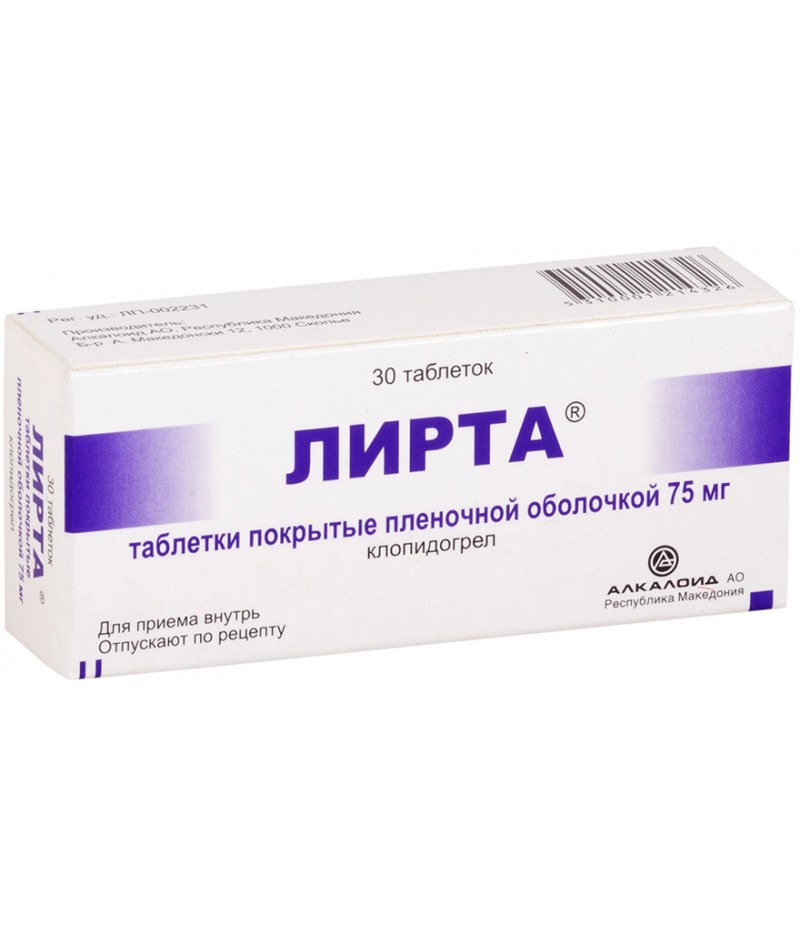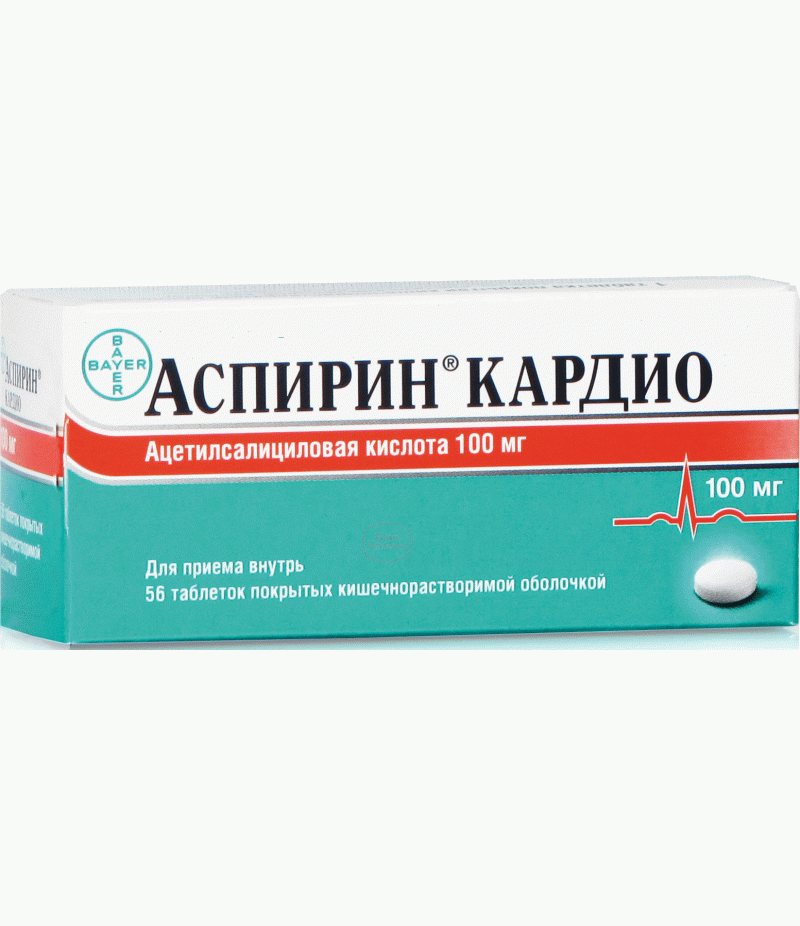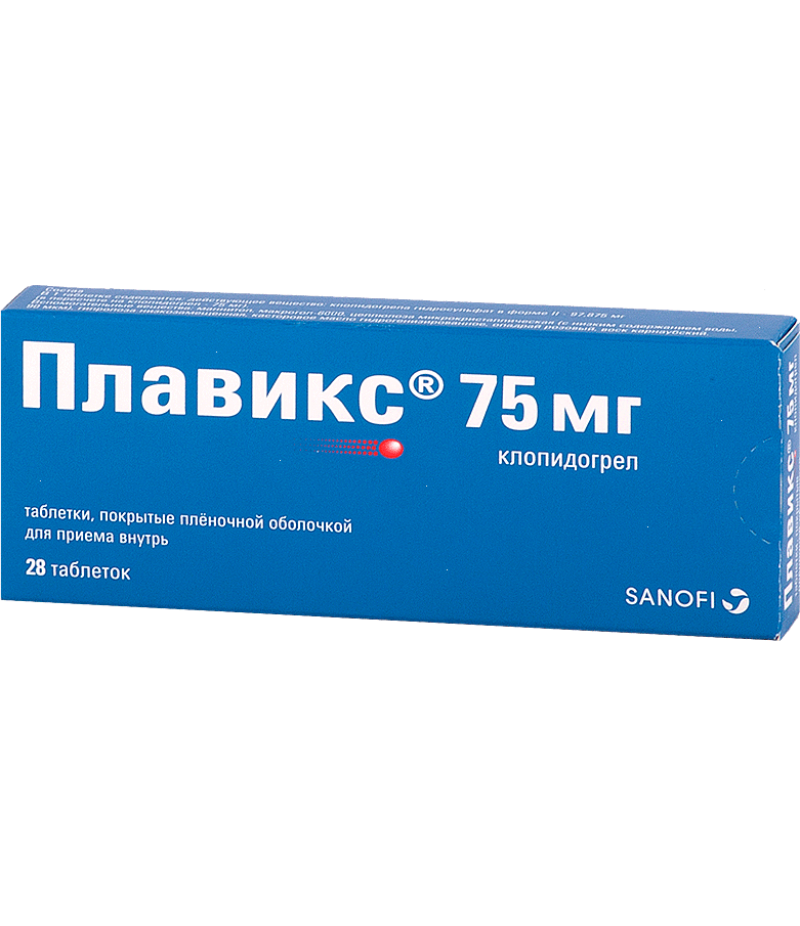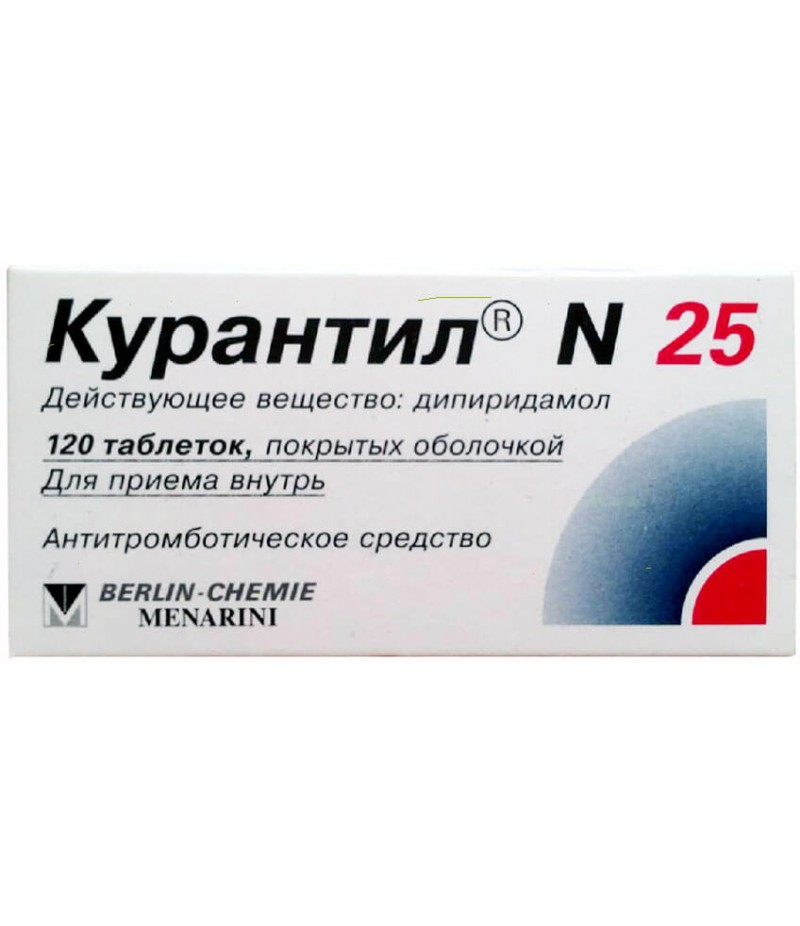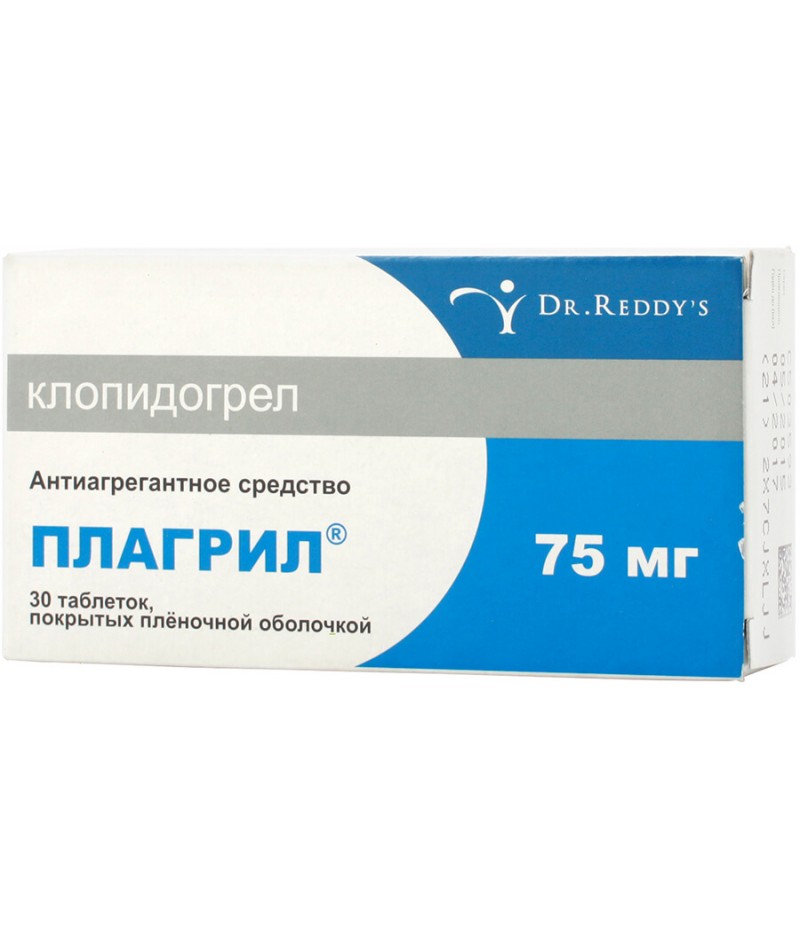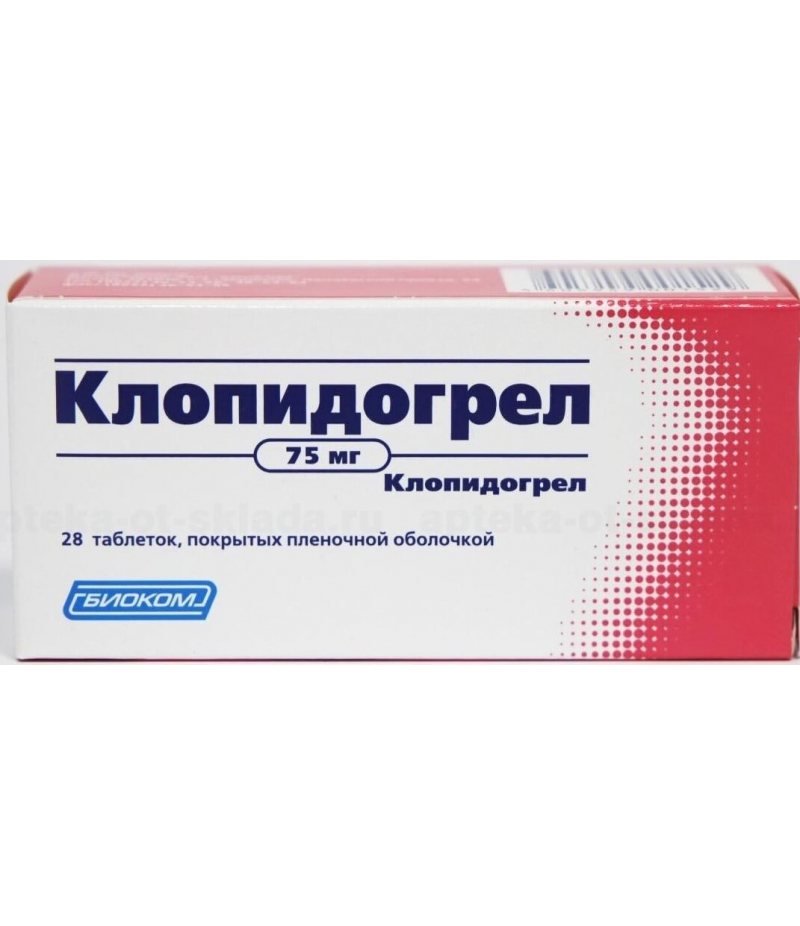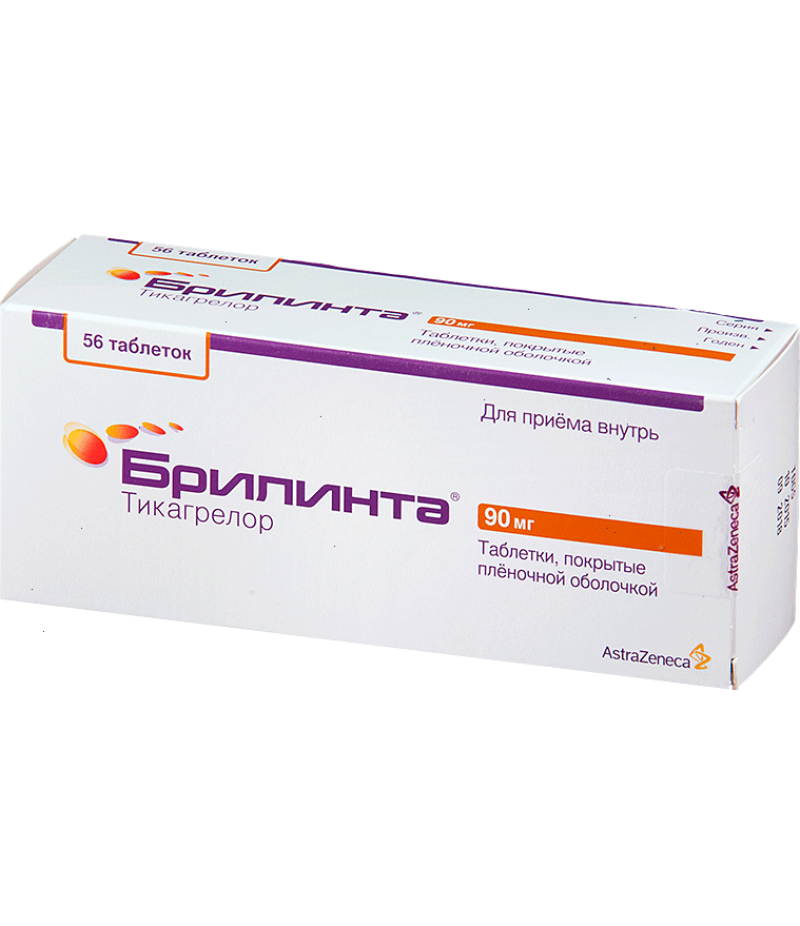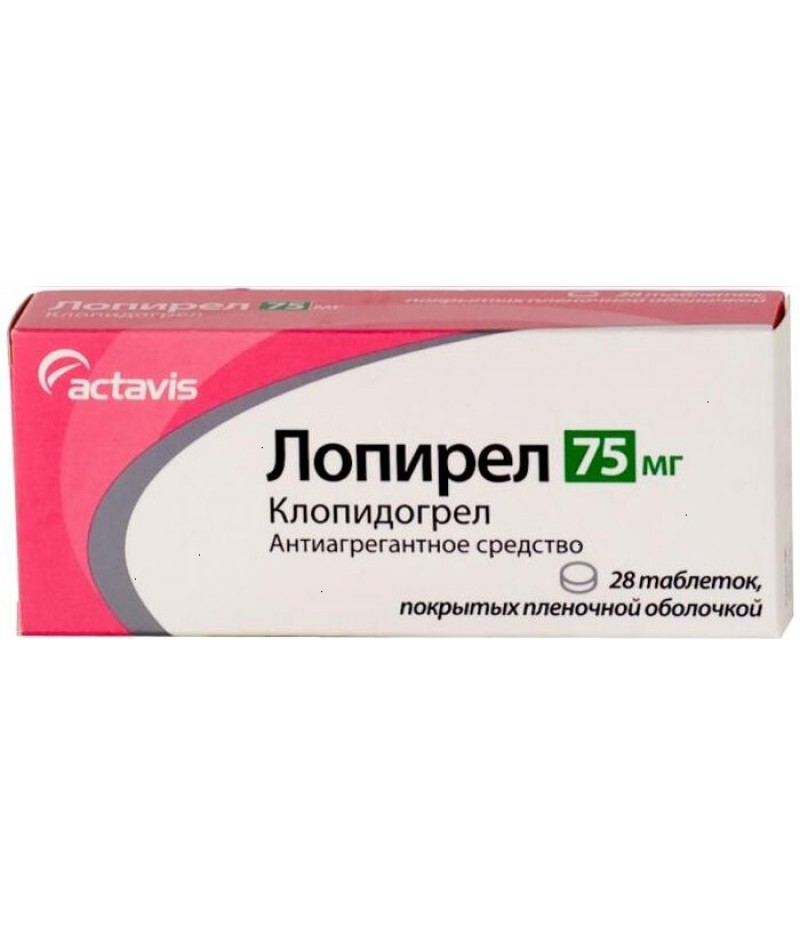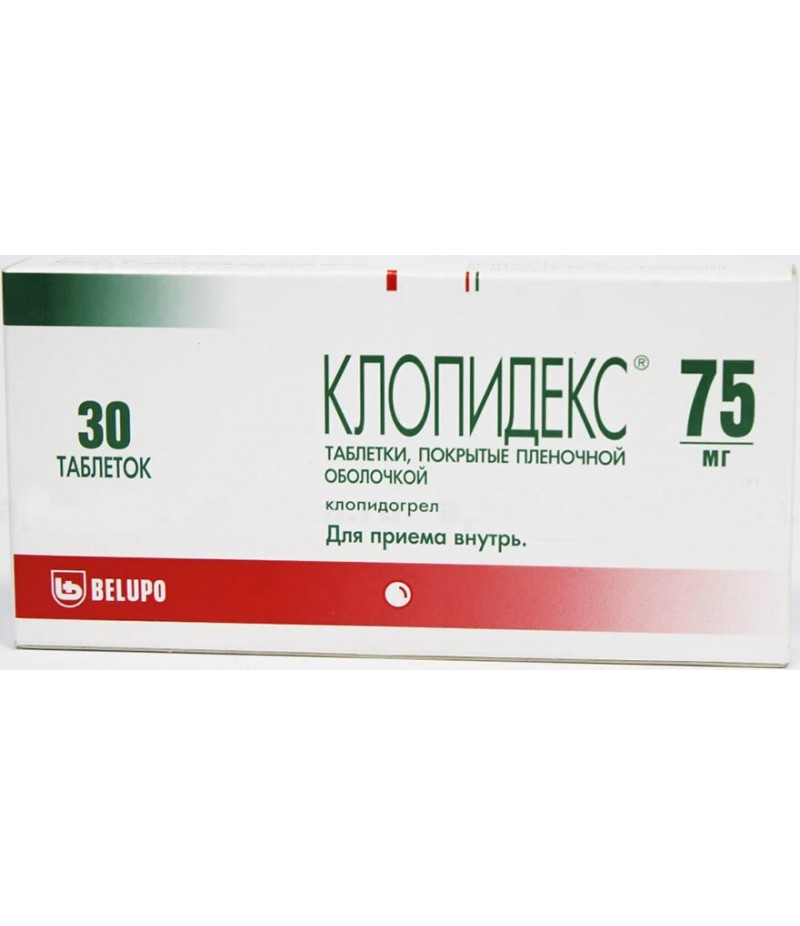Lirta tabs 75mg #30
- $23.93
- 3 or more $23.79
- Availability:In Stock
Lirta user manualYou can buy Lirta on this pageThe composition and release form of the drugTablets, film coated 1 tab.clopidogrel 75 mg10 pieces. - blisters (3) - packs cardboard.pharmachologic effectPlatelet aggregation inhibitor..
Tags: tabs
Lirta user manual
You can buy Lirta on this page
The composition and release form of the drug
Tablets, film coated 1 tab.
clopidogrel 75 mg
10 pieces. - blisters (3) - packs cardboard.
pharmachologic effect
Platelet aggregation inhibitor. Selectively inhibits the binding of adenosine diphosphate (ADP) to platelet receptors and the activation of GPIIb / IIIa complex, thus inhibiting platelet aggregation. Also inhibits platelet aggregation caused by other agonists, by blocking the increase in platelet activity by released ADP. Does not affect the activity of PDE.
Clopidogrel irreversibly alters the ADP receptors on platelets, so platelets remain non-functional throughout "life", and restoration of normal function occurs as they renew (approximately 7 days).
Pharmacokinetics
After oral administration in a dose of 75 mg, clopidogrel is rapidly absorbed from the gastrointestinal tract. However, plasma concentration increases slightly and after 2 hours after administration does not reach a level that can be determined (0.025 µg / l).
Intensively metabolized in the liver. The main metabolite is an inactive carboxylic acid derivative and makes up about 85% of the original substance circulating in the plasma. Cmax of this metabolite in the blood plasma after repeated administration of clopidogrel is about 3 mg / l and is observed approximately 1 h after administration.
The pharmacokinetics of the main metabolite is characterized by a linear dependence in the dose range of clopidogrel 50-150 mg.
Clopidogrel and the main metabolite irreversibly bind to plasma proteins in vitro (98% and 94%, respectively). This bond remains unsaturated in vitro over a wide range of concentrations.
After ingestion of 14C-labeled clopidogrel, about 50% of the dose taken is excreted in the urine and approximately 46% in the feces within 120 hours. The T1 / 2 of the main metabolite is 8 hours.
Compared with healthy young volunteers, the concentration in the blood plasma of the main metabolite is significantly higher in elderly patients (75 years of age and older), and there are no changes in platelet aggregation and bleeding time.
In severe kidney diseases (CK 5–15 ml / min), the concentration of the main metabolite in the blood plasma is lower than in cases of moderately severe kidney diseases (CK 30–60 ml / min) and in healthy volunteers. Although the inhibitory effect on ADP-induced platelet aggregation was reduced compared with that in healthy volunteers, the bleeding time increased to the same extent as in healthy volunteers.
Indications for Lirta
Prevention of thrombotic complications in patients with myocardial infarction, ischemic stroke or occlusion of peripheral arteries. In combination with acetylsalicylic acid for the prevention of thrombotic complications in acute coronary syndrome: with elevation of the ST segment with the possibility of thrombolytic therapy; without ST segment elevation (unstable stenocardia, myocardial infarction without Q wave), including in patients undergoing stenting.
Prevention of thrombotic and thromboembolic complications, including stroke, in atrial fibrillation (atrial fibrillation) in the presence of at least one risk factor for the development of vascular complications, inability to receive indirect anticoagulants and the presence of a low risk of bleeding (in combination with acetylsalicylic acid).
Contraindications
Acute bleeding (including with a peptic ulcer or intracranial hemorrhage), severe liver failure, pregnancy, lactation (breastfeeding), children and adolescents under 18 years of age, increased sensitivity to clopidogrel.
Dosage
Is ingested 1 time / day.
Initial and maintenance dose - 75 mg / day. Loading dose - 300 mg / day.
The regimen depends on the indications and the clinical situation.
Side effects of Lirta
On the part of the blood coagulation system: often - bleeding; infrequently - an increase in bleeding time.
On the part of the digestive system: very often - gastrointestinal bleeding, diarrhea, abdominal pain, dyspepsia; infrequently - gastric and duodenal ulcer, vomiting, nausea, constipation, bloating; rarely retroperitoneal hemorrhage; very rarely - gastrointestinal bleeding and retroperitoneal hemorrhage with fatal outcome, pancreatitis, colitis (including ulcerative colitis or lymphocytic colitis), stomatitis, acute liver failure, hepatitis, abnormal liver function indices.
From the hemopoietic system: infrequently - thrombocytopenia, leukopenia, eosinophilia; rarely, neutropenia, including severe neutropenia; very rarely - thrombotic thrombocytopenic purpura, aplastic anemia, pancytopenia, agranulocytosis, severe thrombocytopenia, granulocytopenia, anemia.
Nervous system disorders: infrequently - intracranial hemorrhage (several fatal cases have been reported), headache, paresthesia, dizziness; very rarely - violations of taste perception, hallucinations, confusion.
On the part of the sense organs: infrequently - eye hemorrhages (conjunctival, in the tissue and retina of the eye); rarely - vertigo.
Since the cardiovascular system: very rarely - vasculitis, a decrease in blood pressure.
On the part of the respiratory system: often - nosebleeds; very rarely - bleeding from the respiratory tract (hemoptysis, pulmonary hemorrhage), bronchospasm, interstitial pneumonia.
On the part of the immune system: very rarely - serum sickness, anaphylactoid reactions.
On the part of the skin and subcutaneous tissues: often - subcutaneous bruising; infrequently - rash, itching, purpura (subcutaneous hemorrhage); very rarely - bullous dermatitis (toxic epidermal necrolysis, Stevens-Johnson syndrome, erythema multiforme), angioedema, erythematous rash, urticaria, eczema, lichen planus.
On the part of the musculoskeletal system: very rarely - hemorrhages in muscles and joints, arthritis, arthralgia, myalgia.
From the urinary system: infrequently - hematuria; very rarely - glomerulonephritis, an increase in the concentration of creatine in the blood.
Other: often - bleeding from the site of puncture of the vessels; very rarely - fever.
Drug interactions
With simultaneous use Lirta with NSAIDs (including naproxen) increases the risk of gastrointestinal bleeding.
With simultaneous use with acetylsalicylic acid may increase antiplatelet action.
Since clopidogrel can inhibit the activity of the CYP2C9 isoenzyme, when used concurrently with drugs metabolized by this isoenzyme (including phenytoin, tolbutamine), an increase in their plasma concentrations cannot be excluded.
special instructions
With caution apply Lirta with an increased risk of bleeding due to injury, surgical interventions, violations of the hemostatic system. For planned surgical interventions (if the antiplatelet effect is undesirable), clopidogrel should be canceled 7 days before the operation.
With caution, clopidogrel is used in patients with severely impaired liver function, in which hemorrhagic diathesis is possible.
When symptoms of excessive bleeding (bleeding of the gums, menorrhagia, hematuria) appear, hemostasis system research (bleeding time, platelet count, tests of functional platelet activity) is shown. Regular monitoring of laboratory parameters of liver functional activity is recommended.
To be used with caution simultaneously with warfarin, heparin, NSAIDs, for a long time - with acetylsalicylic acid, since At present, the safety of such an application has not been finally established.
In experimental studies revealed no carcinogenic and genotoxic effects.
Influence on ability to drive motor transport and control mechanisms
The effect of clopidogrel on the ability to drive and control machinery has not been established.
Pregnancy and lactation
Adequate and strictly controlled clinical studies of the safety of clopidogrel during pregnancy have not been conducted. Application is possible only in cases of extreme necessity.
It is not known whether clopidogrel is excreted in human breast milk. If necessary, use during lactation should decide on the termination of breastfeeding.
In experimental animal studies with the use of clopidogrel in doses of 300-500 mg / kg / day, no teratogenic effect and a negative effect on fertility and fetal development were detected. It is established that clopidogrel and its metabolites are excreted in breast milk.
With abnormal liver function
With caution, clopidogrel is used in patients with severely impaired liver function, in which hemorrhagic diathesis is possible.
Terms of sell
To buy Lirta online a prescription is not required.

